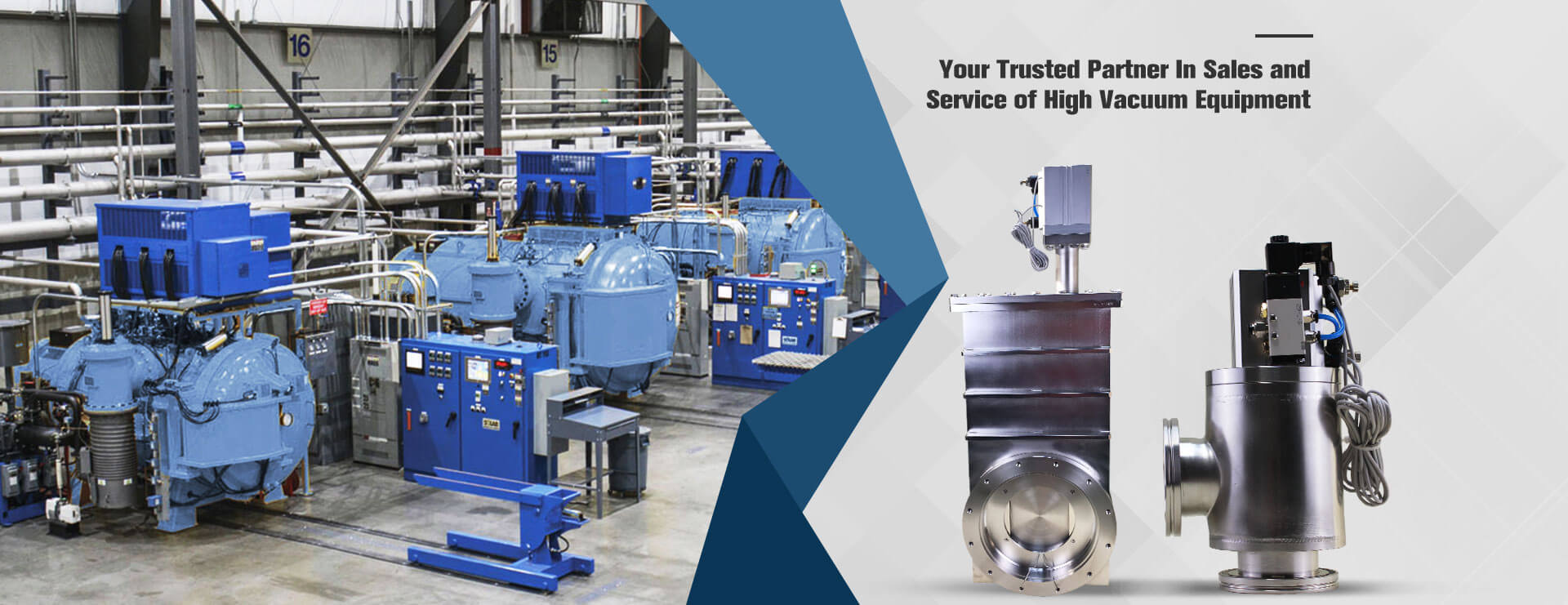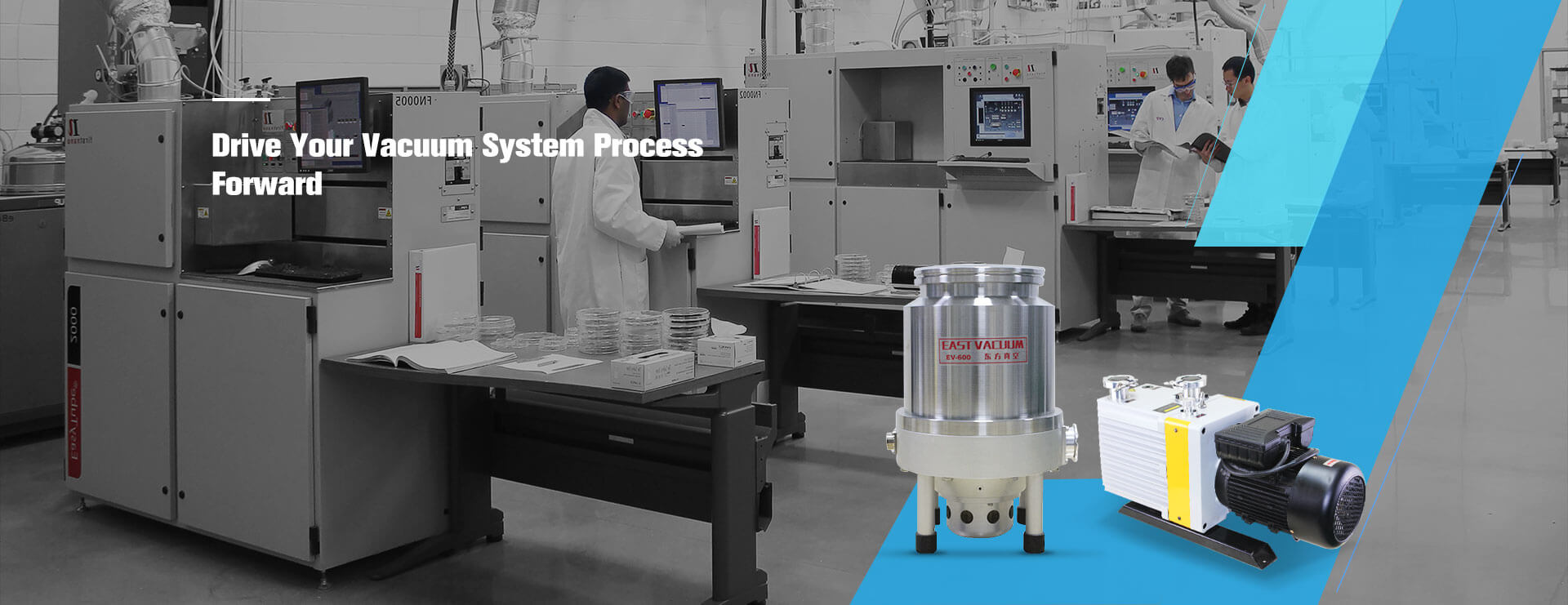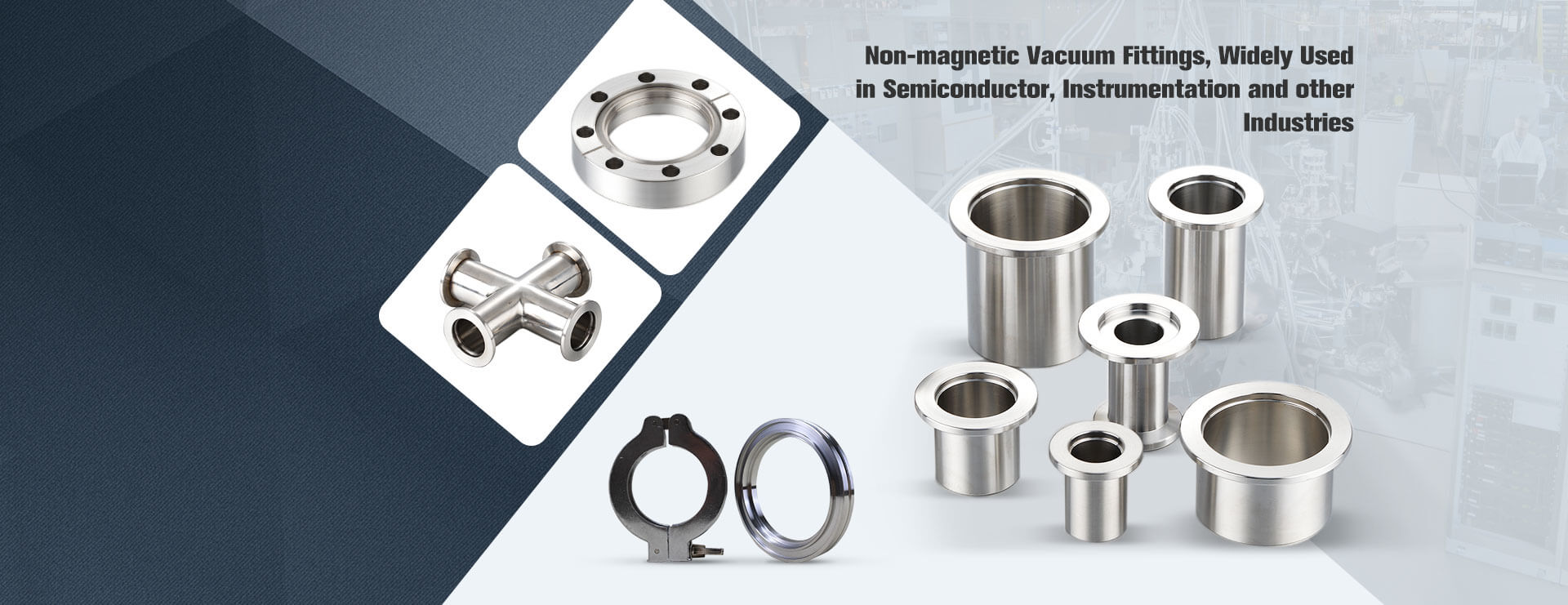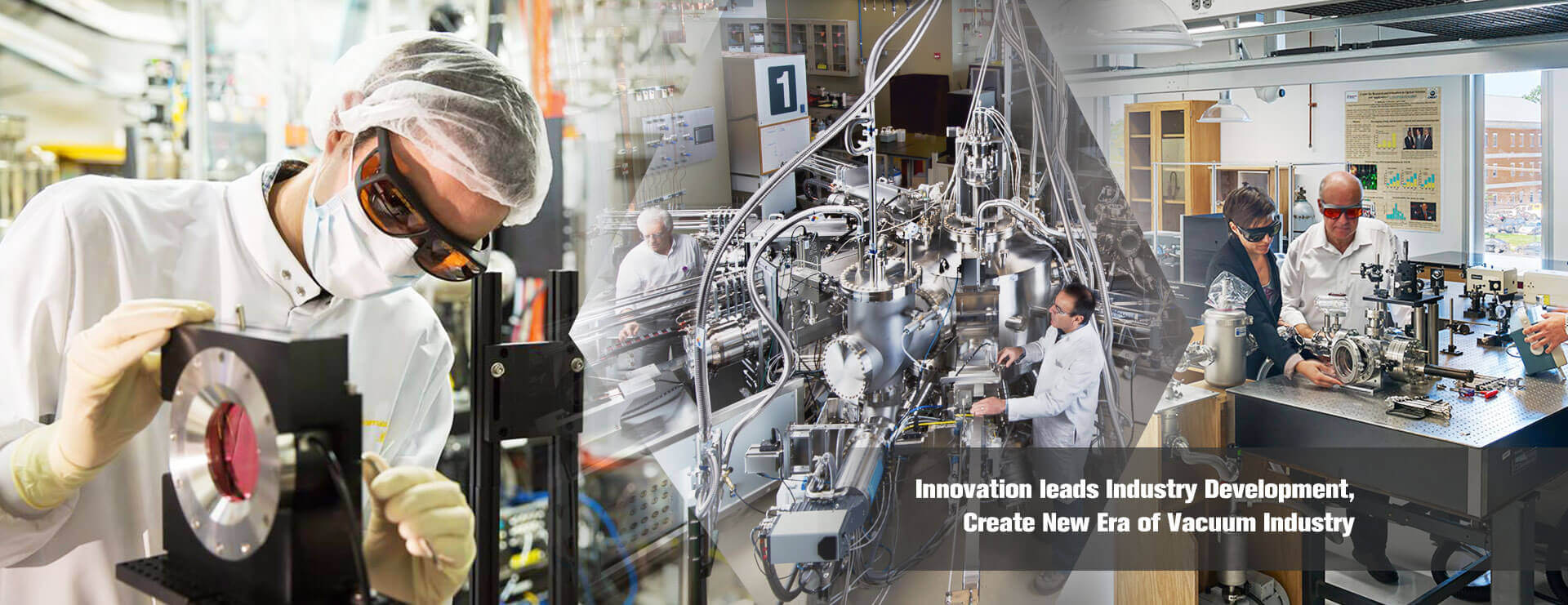Technical terminology for vacuum pumps
In addition to the main characteristics of the vacuum pump, ultimate pressure, flow rate and pumping rate, there are also some nomenclature terms to express the relevant performance and parameters of the pump.
1. Start-up pressure. The pressure at which the pump starts without damage and has pumping action.
2. Pre-stage pressure. The outlet pressure of a vacuum pump with a discharge pressure below 101325 Pa.
3. Maximum pre-stage pressure. The pressure above which the pump can be damaged.
4. Maximum working pressure. The inlet pressure corresponding to the maximum flow rate. At this pressure, the pump can work continuously without deterioration or damage.
5. Compression ratio. The ratio of the pump’s outlet pressure to the inlet pressure for a given gas.
6. Hoch’s coefficient. The ratio of the actual pumping rate on the pump pumping channel area to the theoretical pumping rate calculated at that location according to the molecular diarrhoea flow.
7. Pumping coefficient. The ratio of the actual pumping rate of the pump to the theoretical pumping rate calculated by molecular diarrhoea over the pump inlet area.
8. Reflux rate. When the pump works under the specified conditions, the pumping direction is opposite to that of the pump inlet and the mass flow rate of the pump fluid per unit area and per unit time.
9. Allowable water vapour (unit: kg/h) The mass flow rate of water vapour that can be pumped out by a gas town pump in continuous operation under normal environmental conditions.
10. Maximum permissible water vapour inlet pressure. The maximum inlet pressure of water vapour that can be pumped out by a gas ballast pump in continuous operation under normal ambient conditions.
Applications for vacuum pumps
Depending on the performance of the vacuum pump, it can undertake some of the following tasks in vacuum systems for various applications.
1. Main pump. In the vacuum system, the vacuum pump used to obtain the required vacuum level.
2. Rough pump. A vacuum pump that starts at atmospheric pressure and lowers the pressure of the system to the point where another pumping system starts to work.
3. The pre-stage pump used to keep the pre-stage pressure of another pump below its maximum permitted pre-stage pressure. The pre-stage pump can also be used as a rough pumping pump.
4. Maintenance pump. In the vacuum system, when the pumping volume is very small, the main pre-stage pump cannot be used effectively, for this reason, the vacuum system is equipped with a small capacity of auxiliary pre-stage pump to maintain the normal work of the main pump or to maintain the low pressure required to empty the container.
5. Rough (low) vacuum pump. A vacuum pump that starts from atmospheric pressure, reduces the pressure of the vessel and works in the low vacuum range.
6. High vacuum pump. A vacuum pump that works in the high vacuum range.
7. Ultra-high vacuum pump. Vacuum pumps operating in the ultra-high vacuum range.
8. Booster pump. Installed between high vacuum pump and low vacuum pump, used to improve the pumping capacity of pumping system in the middle pressure range or reduce the capacity of the previous pump (such as mechanical booster pump and oil booster pump, etc.).
Post time: Feb-04-2023




